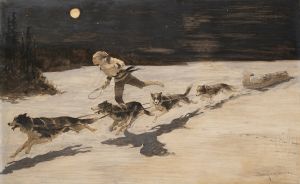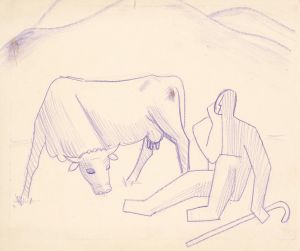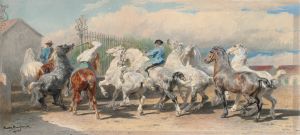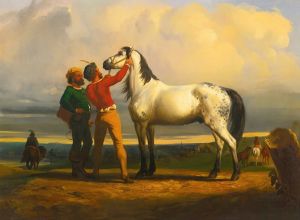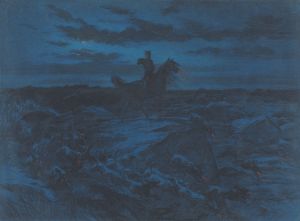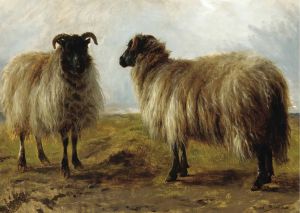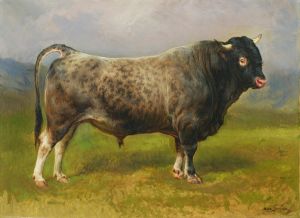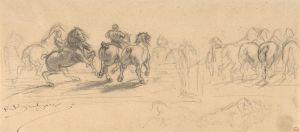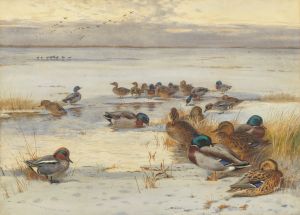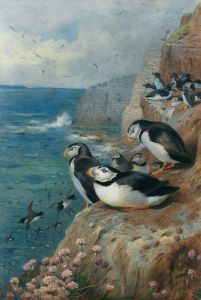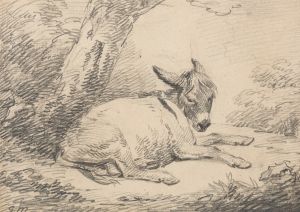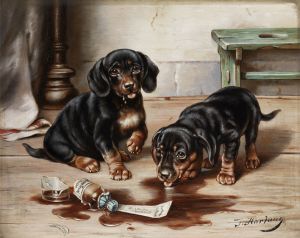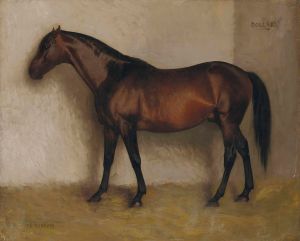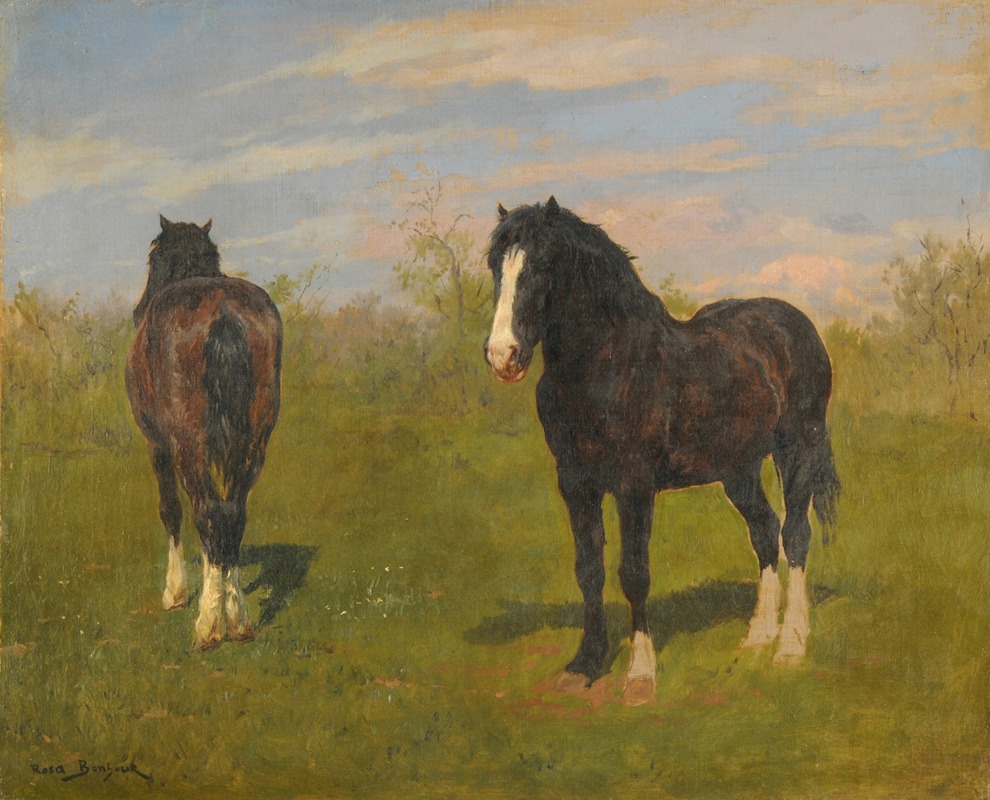
Grazing horses
A hand-painted replica of Rosa Bonheur’s masterpiece Grazing horses, meticulously crafted by professional artists to capture the true essence of the original. Each piece is created with museum-quality canvas and rare mineral pigments, carefully painted by experienced artists with delicate brushstrokes and rich, layered colors to perfectly recreate the texture of the original artwork. Unlike machine-printed reproductions, this hand-painted version brings the painting to life, infused with the artist’s emotions and skill in every stroke. Whether for personal collection or home decoration, it instantly elevates the artistic atmosphere of any space.
Rosa Bonheur was a renowned French artist of the 19th century, celebrated for her realistic depictions of animals and rural scenes. Among her notable works is "Grazing Horses," a painting that exemplifies her skill in capturing the essence and vitality of animals in their natural environment.
Rosa Bonheur was born on March 16, 1822, in Bordeaux, France, into a family of artists. Her father, Oscar-Raymond Bonheur, was a landscape and portrait painter who encouraged her artistic pursuits from a young age. Bonheur's interest in animals and nature was evident early on, and she often accompanied her father on sketching trips to the countryside. This exposure to rural life and animals profoundly influenced her artistic style and subject matter.
"Grazing Horses" is a testament to Bonheur's dedication to realism and her meticulous attention to detail. Although specific details about the creation date and current location of "Grazing Horses" are not widely documented, the painting is consistent with Bonheur's broader body of work, which often focused on pastoral scenes and the depiction of animals in motion. Her paintings are characterized by their lifelike representation and the dynamic portrayal of animals, capturing their grace and strength.
Bonheur's approach to painting was methodical and involved extensive study and observation. She often visited farms, slaughterhouses, and horse fairs to study her subjects closely. This dedication to understanding animal anatomy and behavior allowed her to depict them with remarkable accuracy and vitality. Her work was informed by both scientific observation and an empathetic understanding of her subjects, which set her apart from many of her contemporaries.
The artist's commitment to realism and her ability to convey the spirit of her subjects earned her significant acclaim during her lifetime. Bonheur's work was celebrated not only in France but also internationally, particularly in England and the United States. Her paintings were exhibited widely, and she received numerous honors, including the prestigious Legion of Honor in 1865, making her the first female artist to receive this award.
Bonheur's legacy extends beyond her artistic achievements. She was a trailblazer for women in the arts, challenging societal norms and gender roles of her time. She often wore men's clothing, which allowed her greater freedom to move and work in environments that were typically male-dominated. Her determination and success paved the way for future generations of female artists.
In summary, "Grazing Horses" by Rosa Bonheur is a reflection of the artist's profound connection with nature and her exceptional ability to portray animals with realism and empathy. While specific details about this particular painting may be limited, it remains an integral part of Bonheur's celebrated oeuvre, highlighting her contributions to the art world and her role as a pioneer for women artists.





